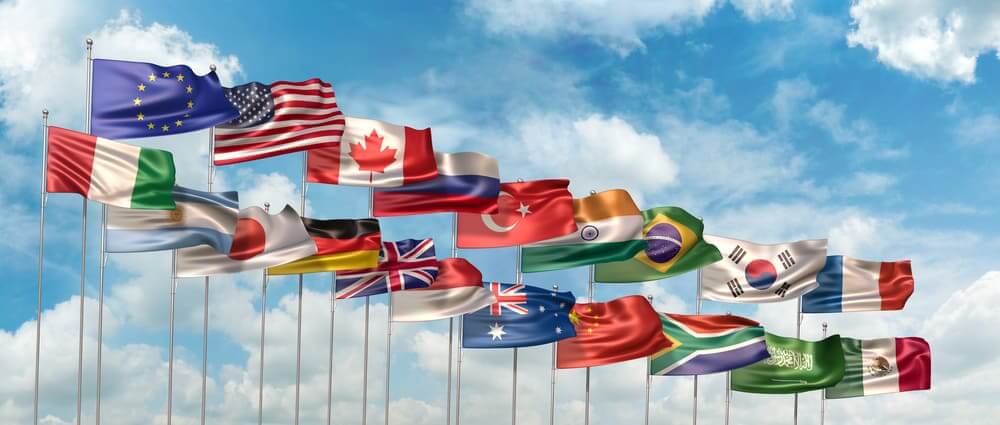
Three G-20 Nations Face Toughest Recovery, New Study Finds
Economic News: Brazil, India, and South Africa are facing the toughest road to recovery among the Group 20 (G-20) major economies, a new study reveals.
These three have the second, third, and fifth largest Covid-19 cases globally. However, Verisk Maplecroft’s Recovery Capacity Index identified weak institutions, and underlying governance issues as impediments to long-term economic recovery.
The index measures various factors that either undermine or underpin a country’s recovery from the crisis.
The East Asian G-29 and the Western European nations, which suffered the worst hits from the Covid-19 pandemic, now have their foundations in place for recovery. They scored 40% higher on average across the index compared to their emerging market counterparts.
Brazil, India, and South Africa cumulatively represent more than 10% of the global GDP and 20% of the World’s population. IMF projects that these three nations will contract by an average of 7% in 2020.
Key differentiators
The study identified notably higher levels of corruption and institutional weaknesses as critical factors that separate weaker G-20 members from their affluent counterparts.
India, Brazil, and South Africa each score as “high” risk for corruption. In the report, David Wille said Russia, Mexico, and Indonesia fell into or near the “extreme” risk category.
David Wille is the Principal of the Financial Sector Risk Analyst at Verisk Maplecroft.
Unstable, ineffective, and unstable governments limit their ability to direct funding to where they need it most. They’re unable to revive their economies even after the crisis.
Brazil, India, and South Africa are highly populated, and population sensitivity also hinders their ability to handle shocks. They were among the worst performers combined with higher levels of poverty, with lower levels of human capital.
The study also highlighted connectivity as an essential pillar for recovery, with India scoring as “high” risk. Connectivity measure tracks the physical distance between populations and the digital infrastructure, which drives a resumption of commercial activity.
China, Mexico, South Africa, and Brazil scored as “medium” risk on the connectivity criterion.
The study also accounted for other human-made or natural challenges particular nations faced alongside the pandemic and other economic considerations. Verisk analysts said disruptions from civil unrest represented the largest compounding risk factor in Brazil, India, and South Africa.
The U.S. a clear outlier
Generally, the most affluent G-20 bloc members were able to implement strict lockdown measures and effective tracing and testing regimes. They also combined higher levels of financial flexibility to support their citizens as economies stagnated.
The United States was a clear outlier, with an ineffective pandemic response, compared to any developed market. Its state-level reopening was politicized and inconsistent, Wille said in the report.
The report also said that an elevated coronavirus caseload would prolong the U.S’s economic downturn. However, its fiscal firepower and underlying resilience will enable the economy to bounce back once the outbreak subsides or vaccines become available.
By contrast, South Africa and India implemented strict lockdowns early but lacked the budgetary and fiscal capacity to support their populations amid prolonged periods of activity.
Brazil resisted enacting social distancing measures while its President Jair Bolsonaro dismissed the severity of the virus. He promoted unfounded cures only to contract it himself as the country had the second-largest outbreak globally, surpassing 3.4 million cases.
Unsuccessful state-level lockdown and the ensuing backlash in Brazil meant governors will keep their economies open through the brunt of a crisis. They’ll exacerbate the human and economic tolls in the long-term, Verisk analysts predicted.
These factors also contributed to Brazil’s highest risk rating of the three countries for civil unrest over the next six months, combined with widespread outrage over government corruption allegations. South Africa and India’s risk rating score for civil unrest potential was around the “extreme.”
Wille added that compounding factors would exacerbate rising unemployment, pre-existing socio-economic issues, and unsatisfactory government responses to the pandemic.
It creates higher levels of uncertainty for investors, and large-scale civil unrest could derail even the strongest economic recoveries.




